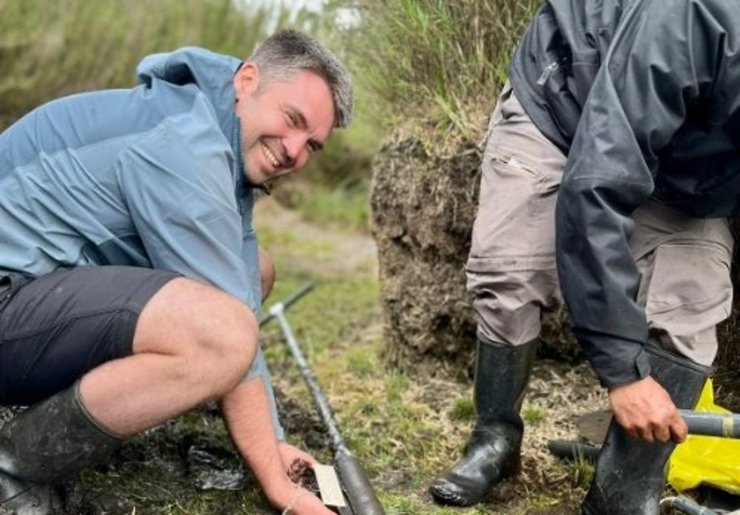Multidisciplinary approaches to past land use and its relevance for the Earth System
We are increasingly having to come to terms with the fact that humans have become a dominant driver of planetary change, with some geologists arguing we have even entered a new epoch, ‘the Anthropocene’. Land use represents a major medium through which human societies impact the Earth system in the 21st century, with deforestation, agriculture, and built environments altering hydrology, soils, biodiversity, the carbon cycle, and even the atmosphere. The vagaries of preservation and sampling in the archaeological and palaeoecological record, as well as varying availability of historical sources, may make past impacts seem comparatively limited and small scale to post-industrial activities. However, multidisciplinary studies are now revealing the long-term relationship between past human behaviour, vegetation cover, soil morphology, climate, and plant and animal species over several centuries or millennia. Not only that but human history has left practical legacies for contemporary ecosystems as well as the socioeconomic systems that shape our relationship to them, on local, regional, and even global scales. Here, I highlight the ways in which archaeology, history, and palaeoecology are coming together to provide ever greater detail into changes in past land use. I argue that, beyond anecdotal case studies, this work provides a platform for the past to make practical contributions to current conservation planning, ecological understanding, contemporary policy and future projections.

